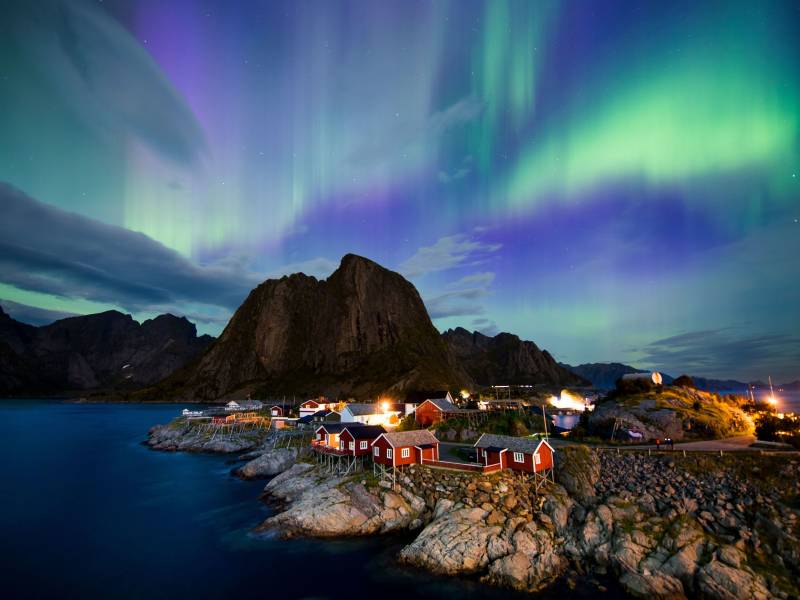In some cases, the sun’s disturbances are so strong that they yank on the Earth’s magnetic field like a rubber band, pulling it away from our planet.
But, like a taut rubber band when it’s released, the magnetic field snaps back, and the force of that recoil creates powerful ripples known as Alfvén waves about 80,000 miles from the ground. As those waves get closer to Earth, they move even faster thanks to the planet’s magnetic pull.
On the same space highway are electrons also traveling toward Earth, but not as fast as the Alfvén waves.
Sometimes electrons hitch a ride on these superfast Alfvén waves, reaching speeds as high as 45 million miles per hour as they hurtle downward.
“Think about surfing,” said Jim Schroeder, an assistant physics professor at Wheaton College and the article’s lead author. “In order to surf, you need to paddle up to the right speed for an ocean wave to pick you up and accelerate you, and we found that electrons were surfing. If they were moving with the right speed relative to the wave, they would get picked up and accelerated.”
When the electrons reach Earth’s thin upper atmosphere, they collide with nitrogen and oxygen molecules, sending them into an excited state. The excited electrons eventually calm down and release light, which is what we see as the aurora.
What the experiment showed
While scientists had assumed for decades that Alfvén waves were responsible for speeding up the electrons, this laboratory experiment has produced the only definitive proof.
“Nobody had actually ever measured this before between electrons and Alfvén waves,” Schroeder told NPR.
The researchers used what’s known as the Large Plasma Device at the Basic Plasma Science Facility at UCLA to re-create the interaction between Alfvén waves and electrons.
Such a study would have been impossible in space given that researchers cannot predict when aurora will occur and wouldn’t be able to account for other factors in the cosmos, they said.
The researchers suggested that their findings could help understand more broadly how particles are energized and also give them a clearer picture of how events on the sun affect space near Earth as well as the technological infrastructure we have there, such as satellites.
For Schroeder, there is another much simpler benefit from this kind of research.
“This appeals to our sense of awe and wonder,” he said. “We’ve been captivated by auroras for thousands of years and looking at the night sky and appreciating their beauty. And I’ve always found that understanding more about how something is created enhances my appreciation of that beauty.”
Copyright 2021 NPR. To see more, visit https://www.npr.org.
9(MDAxOTAwOTE4MDEyMTkxMDAzNjczZDljZA004))

9(MDAxOTAwOTE4MDEyMTkxMDAzNjczZDljZA004))
